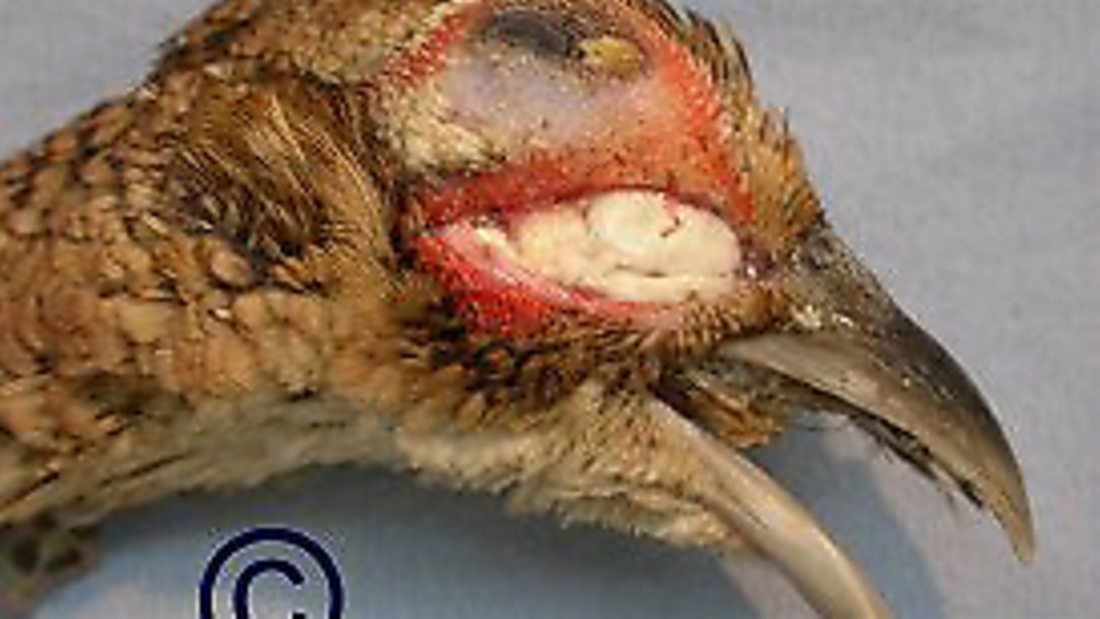When to worry about “bulgy eye” in pheasants

I’ve seen a few pheasants with bulgy eye… when should I start worrying? Rita Alves of Dalton’s Game Consultancy answers
Q: In the last couple of weeks I have seen the odd pheasant with ‘bulgy eye’. Should I be worried?
RITA ALVES of Dalton’s Game Consultancy replies: It is common to hear from keepers at the end of the shooting season that they had seen some birds with ‘bulgy eye’ throughout the season, with no major problems as a whole. However, in the last few years Mycoplasmosis, the scientific name for ‘bulgy eye’, has been a growing problem seen on the rearing field and in released birds.
Birds usually have swelling around the eyes, mainly below the eye, which is a result of an infected sinus. The infection is caused by a bacteria called Mycoplasma gallisepticum. Other respiratory signs can include nasal or ocular discharge with one or both eyes/sinuses affected, shaking of the head and coughing.
Transmission can occur from bird to bird through close contact, via air droplets or contaminated equipment, and from hen to chick via the egg.
Recovered birds will remain carriers and shedders, so once a bird is infected it will remain infected. Subsequent stress may cause recurrence of the disease.
The bacteria is sensitive to several antibiotics and is easily destroyed by sanitisers, disinfectants and direct sunlight. Following a diagnosis by your vet, the treatment of clinically diseased animals should be discussed with him/her as withdrawal periods need to be respected during the shooting season, for obvious reasons.
Check shot birds for lesions around the eyes and go around the shoot to see if you can find more birds with clinical signs to understand the scale of the problem – weaker birds generally tend to stay around the pens.
Cull humanely any birds that are affected to avoid them infecting other birds. Run a water sanitiser recommended by your vet in the drinking water in order to reduce the risk of transmission through the drinkers.
The risk of the disease spreading through the flock will depend on various factors such as the number of birds on site, weather conditions and if other diseases such as TRT are present. Some recent research has shown that Mycoplasma strains found in pheasants seem to be different from the ones isolated in partridges.





